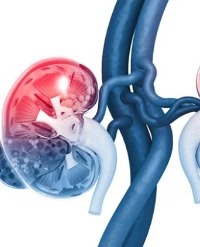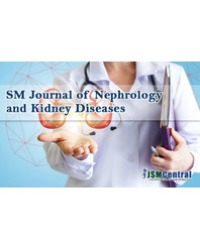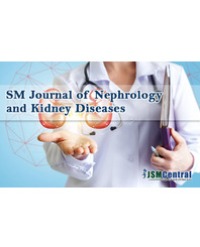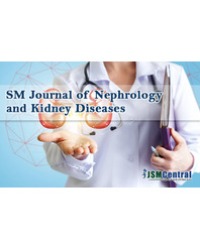In Type 2 diabetes, C-Reactive Protein (CRP) as an inflammatory marker may be elevated. The glycoprotein Chondrex or YKL-40 is over expressed in many inflammatory conditions. The aim is to study serum hsCRP and YKL-40 in Type 2 diabetic patients in relation to cardiovascular complications.
Methods: Eighty subjects were divided into 3 groups: GROUP 1:16 apparently healthy controls, GROUP 2:16 patients suffering from Type 2 DM without cardiovascular complications and GROUP 3: 48 patients suffering from Type 2 DM with cardiovascular complications. Subjects with acute or chronic inflammation, autoimmune disease or malignancy were excluded. Electrocardiography, Carotid Intima Thikness, Fundus Examination, laboratory investigations: (Complete urine analysis, urinary albumin, Creatinine and calculation of urinary albumin to creatinine ratio, fasting and postprandial glucose, glycated hemoglobin, Creatinine and uric acid, lipid profile, glomerular filtration rate, CRP and YKL-40) were done to all subjects.
Results: High sensitivity CRP levels were significantly elevated in the diabetic group with cardiovascular complications when compared to the diabetic group without cardiovascular complications (p=0.024). YKL-40 was significantly higher in patients with type 2 diabetes mellitus than controls (p=0.017) and cardiovascular complications (p<0.001) contributed to its greater elevation.YKL-40 was positively correlated with triglycerides, systolic and mean blood pressure in the group of diabetic patients without cardiovascular complications and with duration of diabetes and urinary albumin to creatinine ratio in the group with cardiovascular complications. By drawing receiver operating characteristic (ROC) curve between diabetic patients without and with cardiovascular complications the AUC for hsCRP was (0.676, p=0.036) and for YKL-40 was (0.743, p=0.004). By studying the diagnostic performance, YKL-40 had a better specificity and positive predictive value than hsCRP.
Conclusion: YKL-40 has a better specificity and positive predictive value than hsCRP in discriminating between diabetic patients with cardiovascular complications from those without cardiovascular complications.
El-Attar HA¹*, El-Deeb MM¹ and El-Ghlied LA²





